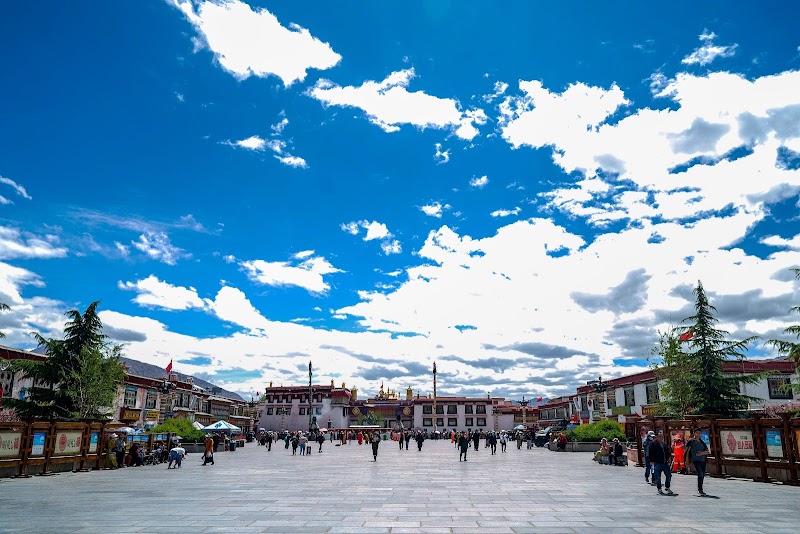Investors
Oops! Something went wrong while submitting the form.




Walking around Barkhor Street in Lhasa, Tibet offers a vibrant and culturally rich experience that travelers won’t want to miss when planning their trip to Lhasa. This bustling circuit surrounds the famous Jokhang Temple, one of Tibet’s most sacred religious sites, making Barkhor Street a hub of spiritual activity and local life.
For those interested in authentic activities in Lhasa, Tibet, a stroll here reveals the heart of traditional Tibetan culture, often filled with pilgrims performing kora, the ritual circumambulation of sacred sites.
The street itself is a lively market area where visitors can find everything from Tibetan handicrafts and traditional clothing to prayer wheels and souvenirs. It’s an ideal place to engage in cheap activities that offer a deep dive into local life without needing a large budget.
Whether browsing colorful stalls or stopping for a bowl of butter tea in a neighborhood teahouse, travelers get a true sense of the city’s unique atmosphere.
For frequent travelers and travel enthusiasts looking to explore cheaper activities in Lhasa, Tibet, Barkhor Street ticks many boxes. It is both convenient and centrally located, making it easy to incorporate into any itinerary, especially for those seeking to fly to Lhasa, Tibet.
The area is a short walk from many guesthouses and hotels, making it accessible for visitors who prefer exploring on foot. This road loop serves as a natural classroom for learning about Tibetan Buddhism, local customs, and traditional crafts.
The trip to Lhasa is enriched by activities on Barkhor Street that range from spontaneous cultural encounters to structured shopping and exploration. Tourists can witness monks in prayer, artisans crafting their goods, and residents going about daily routines.
This immersive experience also makes Barkhor Street one of the best places for cheap activities in Lhasa, Tibet, especially compared to pricier guided tours or attractions. The authentic vibe and compelling street life provide a sensory overload that’s both educational and enjoyable.
Planning activities in Lhasa, Tibet around Barkhor Street can be easily enhanced by technology. Using an AI travel agent or a trip planner app can help visitors optimize their time and budget by recommending the best times to visit or nearby cheap flights and accommodation options.
These tools are excellent for curating a personalized experience, especially in a locale where traditional and modern elements blend seamlessly.
In summary, walking around Barkhor Street is one of the top things to do when visiting Lhasa, Tibet. It offers a rich tapestry of cultural and religious sights, coupled with budget-friendly activities all set within a compact and easily navigable area.
For anyone planning their trip to Lhasa, utilizing an AI travel agent or trip planner app can help seamlessly integrate this iconic experience into their itinerary, ensuring they don’t miss out on the charm and spirituality that Barkhor Street has to offer.